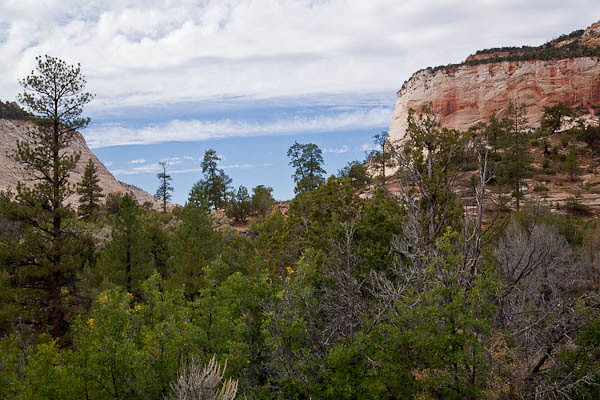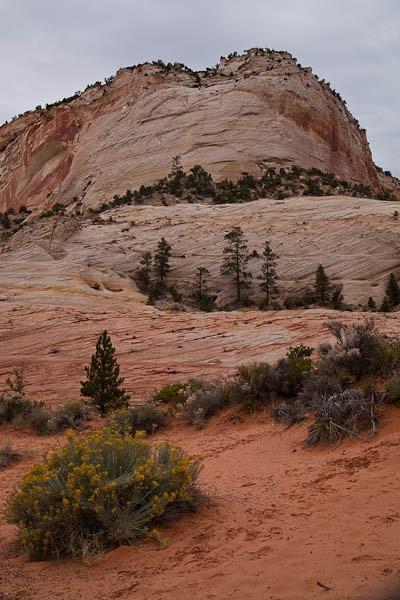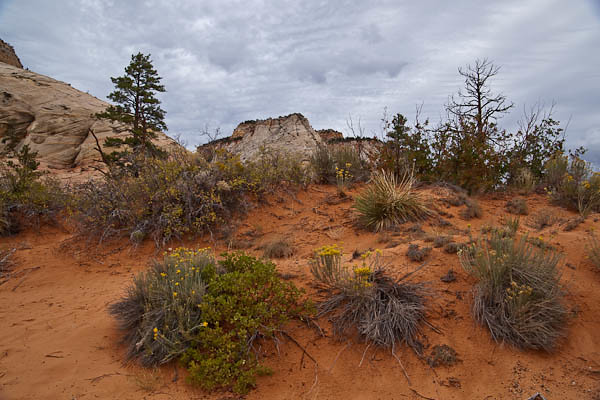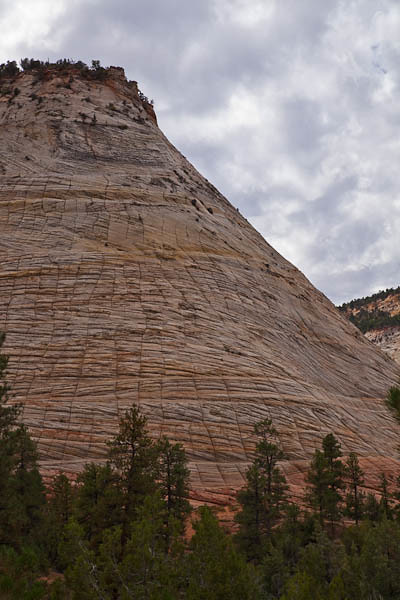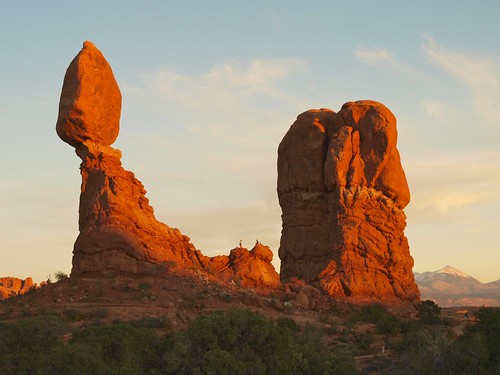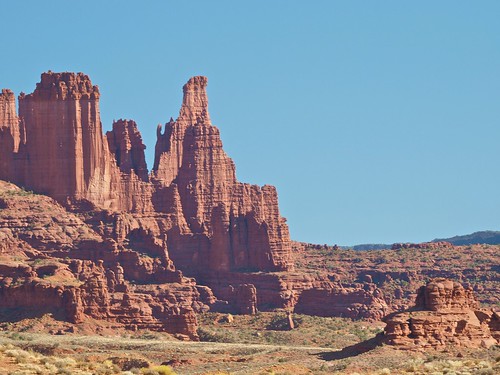“But love of the wilderness is more than a hunger for what is always beyond reach; it is also an expression of loyalty to the earth which bore us and sustains us, the only home we shall ever know, the only paradise we ever need – if only we had eyes to see.” ~ Edward Abbey
Red Rock Overlooking Colorado River Canyon – Wilderness and Beyond
Choosing a Path
“One’s options in this world are as vast as the horizon, which is technically a circle and thus infinitely broad.
Yet we must choose each step we take with utmost caution,
for the footprints we leave behind are as important as the path we will follow.
They’re part of the same journey — our story.” ~ Lori R Lopez
Sherpa and I hiked several of the trails in Organ Pipe Cactus National Monument. When we trekked up the Bull Pasture Trail, we encountered lots of switchbacks, lots of rocky trail. Occasionally we walked along a packed dirt path, but more often we were picking our way through rocky rubble. Every foot placement was a decision.
I noticed that Sherpa and I chose very different paths. He would choose to veer to the side and balance on wobbly stones. I would choose to climb up larger, more solid rocks, balancing with my hiking stick and my hands when necessary. He sidestepped down the side of an arroyo, slip sliding as he descended. I did my sidesteps in smaller increments, testing the stability of the rocks so I had a firm footing. We each choose different paths, but we chose our individual paths with intention.
So different — hiking on a rocky trail versus strolling on a smooth sidewalk. For the majority of us, a sidewalk poses little problem. We barely notice where we place our feet. We walk, usually heading to a destination, and often pay little attention to our surroundings. Walking on a rocky path requires concentration and deliberation, the path is seldom designed for speed, and often rewards us with magnificent views.
The kinds of paths we choose can apply to living a full life, also. We can choose to walk the easier path, walk it in such a way as to never call attention to ourselves. Follow the same path as everyone else. Or we can maneuver over a rockier trail, choosing our own way. We can walk with intention. We can be observant. We can take in the view.
I can’t do all of my walking climbing a mountain path, but I don’t want to do all of my walking on a sidewalk either.
————–
Bo Mackison is a photographer and owner of Seeded Earth Studio LLC. She continues to make discoveries when she connects with the natural world.
Red Rocks in Zion
A few more photographs of Zion National Park before we leave Utah and head into northern Arizona.
Zion has eight layers of sandstone, some as old as two-hundred-million years. The entire park is covered with red rock, deep winding canyons, desert-scapes, mesas, and buttes making this area in Southern Utah a spectacular vision.
Our weather was overcast, sometimes rainy, sometimes the clouds opened just enough to let a bit of blue peek through, but since we were only in the park one night and one day, we had to enjoy the scenery with the weather as it was.
I love this line of trees on the ledge of the rocks.
Checkerboard Mesa is a mass of orange and brown slickrock. The huge rock towers more than 900 feet above the Zion-Mt Carmel Highway. It gets its name because it has the appearance of a huge checkerboard with vertical and horizontal fissures carved into the rock from top to bottom.
Next: Glen Canyon Dam and NRA.
Not Just Ordinary Rocks
While Arches National Park in northeastern Utah is best known for its hundreds of red rock arches, many rock formations are almost equally as famous. Balanced Rock is one of the more well known, as it is easily seen from the main road in the park.
The uppermost part of Balanced Rock, a strong type of rock called Slick Rock sandstone, rests on a less stable rock known as Dewey Bridge mudstone. Since the mudstone erodes faster than the Slick Rock, top-heavy formations occur with some frequency. Eventually the weaker pedestals will wear away and Balanced Rock will collapse.
At dusk, the red hues of the rock are intensified, and it is quite impossible to drive past the rocks and not stop for a photograph. I would imagine anyone who has ever visited Arches has a photograph similar to this one.
Red Spires in Utah
Driving from central Colorado to Arches National Park near Moab, Utah, we detoured off the Interstate. Went through a great ghost town – photos of that later – and then followed the Colorado River into the National Park.
When driving through the Rockies, an amazing transformation happens. Cross the Continental Divide heading west, and soon the pine/aspen forested mountains change into pinon/juniper ranges. Sage brush starts crowding the sides of the road, and suddenly red rock formations loom out of the distance.
Sure isn’t Wisconsin, Dorothy!


